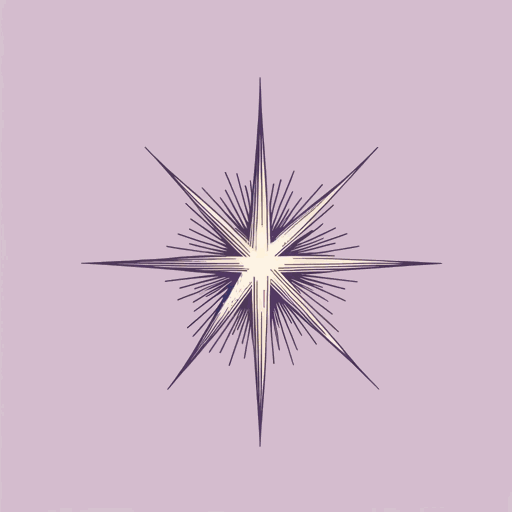20 pages • 40 minutes read
Claude McKayThe Lynching
Fiction | Poem | Adult | Published in 1922A modern alternative to SparkNotes and CliffsNotes, SuperSummary offers high-quality Study Guides with detailed chapter summaries and analysis of major themes, characters, and more.
Summary and Study Guide
Overview
“The Lynching” is a sonnet written by Jamaican-American poet, writer, and activist Claude McKay. The poem was initially published in Cambridge Magazine in 1920, in response to the violent race riots of the Red Summer of 1919 and the escalation of Black men being lynched that same year. McKay also included the poem in his poetry collection Spring in New Hampshire and Other Poems published later that year. Alternating between visceral feelings of despair, horror, and indignation, “The Lynching” depicts the cruel and unjustifiable hanging of an innocent Black man as well as the casual acceptance and approval of such violence by white onlookers.
Although McKay was born and raised in Jamaica and would later live much of his life abroad in Europe, he has always been linked to the Harlem Renaissance of the 1920s. Like his peers in the movement, McKay “felt a desperate need for a clearly defined image” and group identity for newly emancipated Black Americans (Keller, Frances Richardson. “The Harlem Literary Renaissance.” The North American Review, vol. 253, no. 3, 1968, p. 31). His many sonnets of social protest served to accomplish that goal. Poems like “If We Must Die” and “The Lynching” insist on the dignity and humanity of the persecuted Black race, advocate for social change, and have become a kind of mantra for modern movements of racial protest, particularly in the instance of “If We Must Die.”
Poet Biography
Claude McKay was born in Jamaica in 1889 as the youngest child of farmers Thomas McKay and Hannah Edwards. His entire childhood was spent in the British colony, where he was educated in the classics of the English literary canon. Particularly influential on his burgeoning poetic interest were the Romantic poets, especially Robert Burns. As a young adult in Jamaica, McKay apprenticed under a woodworker, and it was during this time he composed his first volume of poetry, Songs of Jamaica (1912). He also briefly worked as a constable, and his experiences with the police force inspired his second volume Constab Ballads (1912). Although his later poems would clearly demonstrate the influence of his British education, these first volumes are uniquely written in the Jamaican dialect.
Although McKay would have had a “fine future” as a poet in Jamaica (Cooper, Wayne. “Claude McKay and the New Negro of the 1920s,” Phylon, vol. 25, no. 3, 1964, p. 298), an island he always felt a strong attachment to, he longed to visit America, a country he believed presented opportunities for everyone, including Black people. In 1912 at 23 years old, he moved to Alabama and began studying agriculture at Tuskegee Institute, a new Black college. While McKay had previously experienced racism when he lived in Kingston, Jamaica, he was not prepared for life in Alabama as a Black man and was horrified at the intense racial prejudice of the South. During his first year in America, McKay composed one of his earliest polemical protest sonnets “To the White Fiends” in response to the racial injustices and “brutal debasement” of Black people he witnessed (Cooper, p. 299). Shortly thereafter, McKay transferred to Kansas State College, where he ultimately dropped out in 1914. Frustrated with school, McKay went to Harlem, New York where he hoped to become a writer.
Success in New York did not come easily. McKay lost nearly all of his money through gambling, married and separated from a Jamaican woman in only a matter of months, and worked as a porter, janitor, and waiter on different occasions to support himself. After publishing the sonnets “The Harlem Dancer” and “Invocation” in Seven Arts Magazine in 1917, McKay finally entered New York’s literary circles, where he befriended Max Eastman. Eastman was the editor of The Liberator, an openly Marxist literary magazine, and in 1918 McKay began working with him. Although not a Marxist himself, McKay was sympathetic to the cause and was associated with the movement throughout his writing career.
For a little more than a year, McKay wrote for The Liberator. During the race riots of the Red Summer in 1919, McKay published “If We Must Die,” his most famous sonnet of social protest and defiance. Rising as a literary star, McKay left for England in 1919, where he lived for over a year. While there, he worked for The Workers’ Dreadnought, another socialist paper, and published his third book of poetry, Spring in New Hampshire (1920). McKay briefly returned to the United States in 1921, became co-editor of The Liberator, and published his fourth volume of poetry, Harlem Shadows (1922), but he quickly left again for Europe.
McKay next visited Russia, where he experienced instant popularity with its new Communist Party, its literary figures, and its leader Leon Trotsky. This trip to Russia began a period of roughly 12 years in which McKay lived abroad in Germany, France, Spain, and Morocco. During that time, McKay published the short story collection Gingertown (1932) and the three novels, Home to Harlem (1928), Banjo (1929), and Banana Bottom (1933). Although he no longer lived in America, McKay managed to portray the reality of contemporary Harlem life from afar. Ultimately, McKay returned to the United States in 1934, where he would remain until his death. In these later years, McKay published his autobiography A Long Way from Home (1937) and the essay collection Harlem: Negro Metropolis (1940) and began work on poems that would not be published until the posthumous debut of Complete Poems (2004). On May 22, 1948, after a few years of poor health, Claude McKay died of a heart attack at 58 years old.
Poem Text
His spirit in smoke ascended to high heaven.
His father, by the cruelest way of pain,
Had bidden him to his bosom once again;
The awful sin remained still unforgiven.
All night a bright and solitary star
(Perchance the one that ever guided him,
Yet gave him up at last to Fate's wild whim)
Hung pitifully o'er the swinging char.
Day dawned, and soon the mixed crowds came to view
The ghastly body swaying in the sun:
The women thronged to look, but never a one
Showed sorrow in her eyes of steely blue;
And little lads, lynchers that were to be,
Danced round the dreadful thing in fiendish glee.
McKay, Claude. “The Lynching.” 1920. Cambridge Magazine.
Summary
“The Lynching” opens with the moment of its central figure’s death. The first quatrain notes how the lynched Black man’s spirit “ascended to high heaven” (Line 1) upon his death and describes how God or the man’s “father” (Line 2) called the man “to his bosom once again” (Line 3). Although McKay uses this kind of euphemistic and metaphorical language to describe the man’s death, he also acknowledges the real “pain” (Line 2) and brutality of his execution. Building upon the first quatrain’s religious imagery and description, McKay concludes with the lament that “the awful sin remained still unforgiven” (Line 4), deliberately contrasting the man’s death with Christ’s.
In the next quatrain, McKay shifts from Christian imagery to more mythological terminology. He observes the “bright and solitary star” (Line 5) that remained “all night” (Line 5) and suggests it was the guiding star under which the man was born. He furthers this line of thought by proposing it was this unfortunate guiding star that “gave” the hung man “up at last to Fate’s wild whim” (Line 7). In these first two quatrains, McKay uses both Christian and pagan understanding to make sense of the man’s meaningless death.
Near the end of the second quatrain and throughout the remainder of the poem, McKay drops all euphemistic language and speaks of the execution in vivid and disturbing terms. He refers to the man at different times as the “swinging char” (Line 8), the “ghastly body” (Line 10), and the “dreadful thing” (Line 14). With each description, the man is devoid of his humanity and becomes entirely an object of horrific mutilation and spectacle.
The final quatrain and concluding rhyming couplet also depict the reaction and attitudes of the audience witnessing the aftermath of this crime. McKay describes the “mixed crowds” (Line 9) that come “to view” (Line 9) the hanging body the next morning, starting with the women. He portrays them as “steely” (Line 12) and unfeeling when they “thronged to look” (Line 11) at the body. He next describes the children watching the event, characterizing them as “little lads, lynchers that were to be” (Line 13). Like the women, the children feel no “sorrow” (Line 12) at the sight of this murder, and they even dance “with fiendish glee” (Line 14) around the hanging, burnt corpse.
Related Titles
By Claude McKay
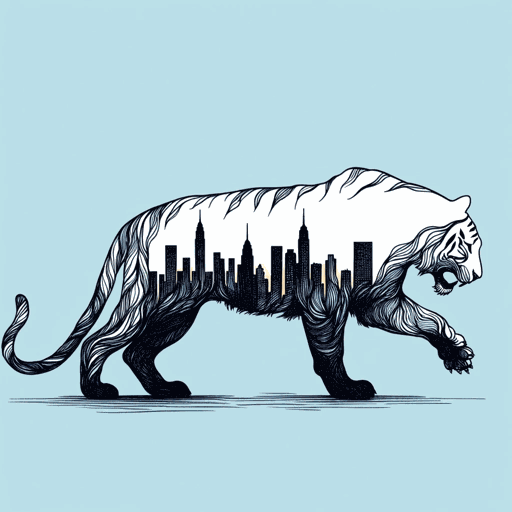
America
Claude McKay
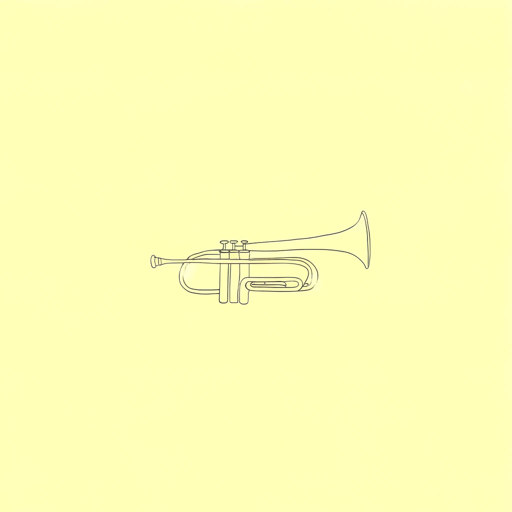
Home To Harlem
Claude McKay

If We Must Die
Claude McKay
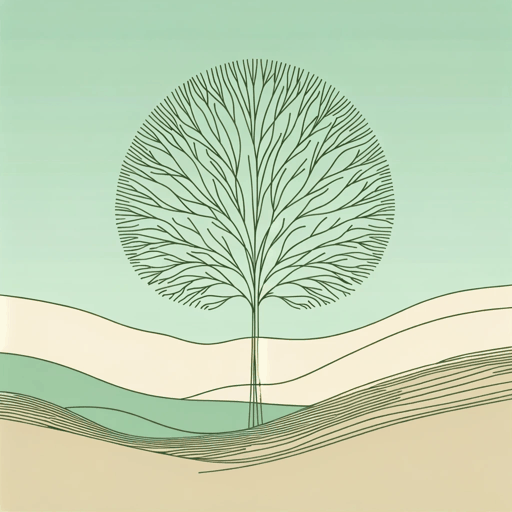
Joy in the Woods
Claude McKay

The Harlem Dancer
Claude McKay
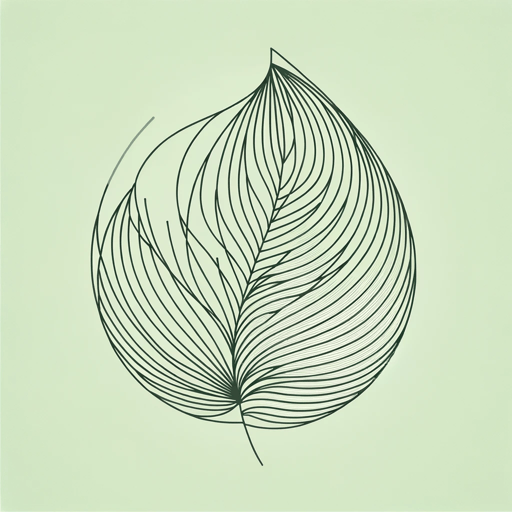
The Tropics in New York
Claude McKay
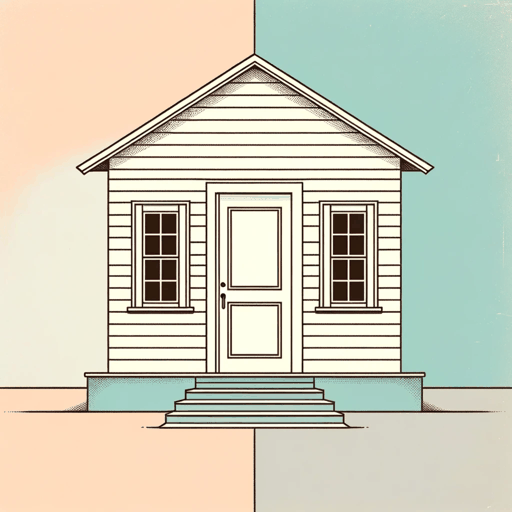
The White House
Claude McKay
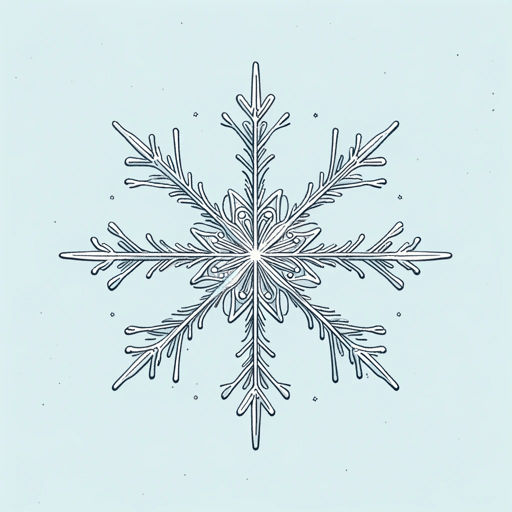
To One Coming North
Claude McKay
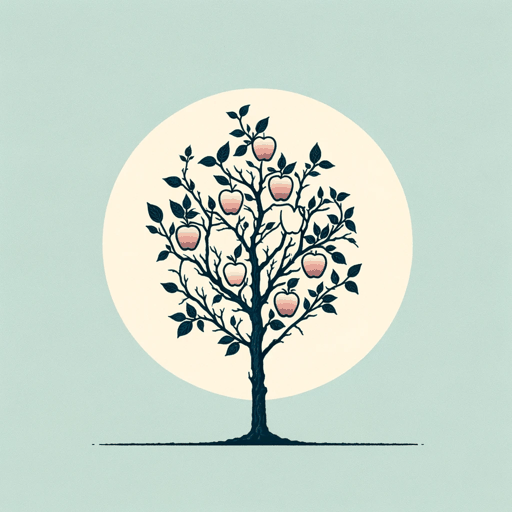
When Dawn Comes to the City
Claude McKay
